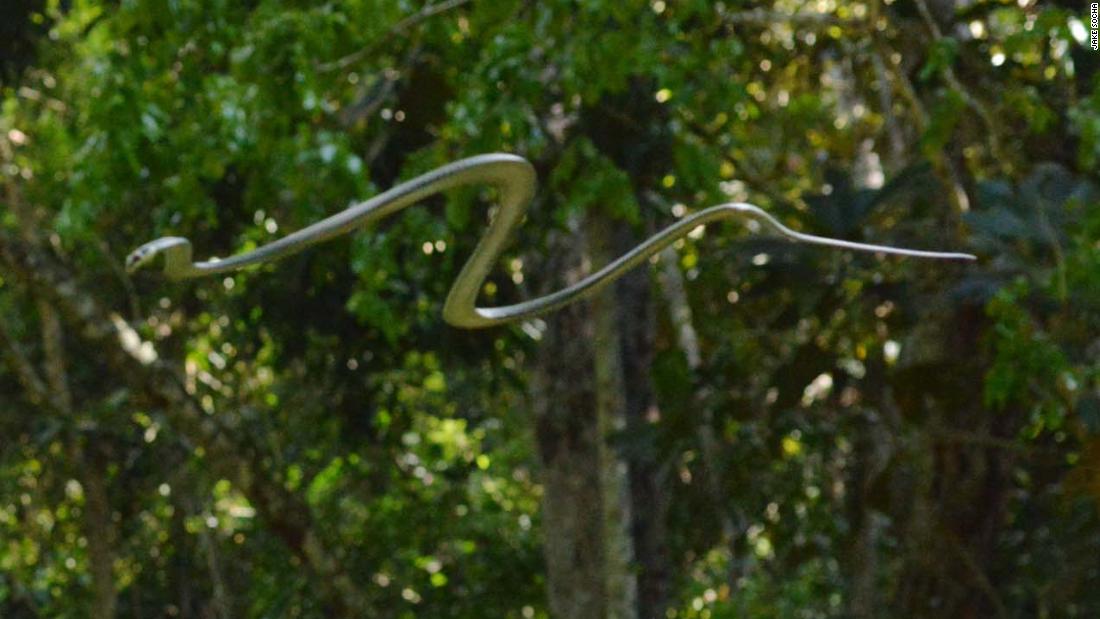Every day, loads of scientific papers and information of all sorts hit my email inbox. I sort through it all, looking for things that will help make your work easier, more successful and more profitable.
This is not one of those things.This is just a really interesting story about snakes that fly, and the process that scientists go through to figure out how things work. And in case you’re thinking, “What a strange thing to study? Why would we waste time and money on that?” well, these scientists explain how we might be able to use what they learned to improve robotics in the future. That kind of thing is an example of why it can be helpful to us all when someone studies something a little odd – like flying snakes.
Are Flying Snakes Dangerous?
According to Wikipedia, “Flying snakes are mildly venomous, though the venom is dangerous only to their small prey.” You’re also unlikely to run across one unless you visit Southeast Asia, southernmost China, India, and Sri Lanka.
We don’t really know why they fly, though it may be to avoid predators. Flying snakes launch themselves from trees and then glide through the air, flattening their bodies to provide lift. But, as they glide they seem to swim, undulating their bodies from side to side. In this 3:58 video a team of Scientists at Virginia tech show us how they used motion capture technology to study snake gliding in precise detail. Their models reveal that undulation is vital for the snake’s stability as they glide from branch to branch.
If you’d like to read more, you can find the paper here, though you may need special access.
And if this whetted your taste for more science, you can sign up for the Nature Briefing: An essential round-up of science news, opinion and analysis. You’ll get it free to your inbox every weekday.
Thanks for reading!
Kathy




